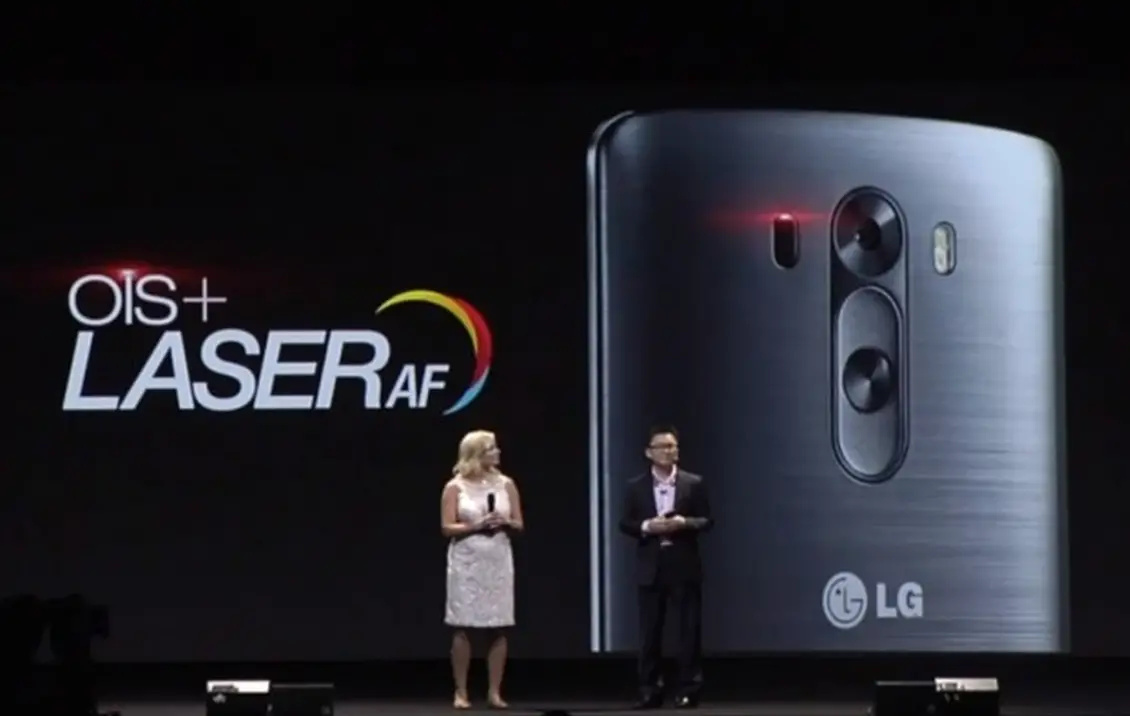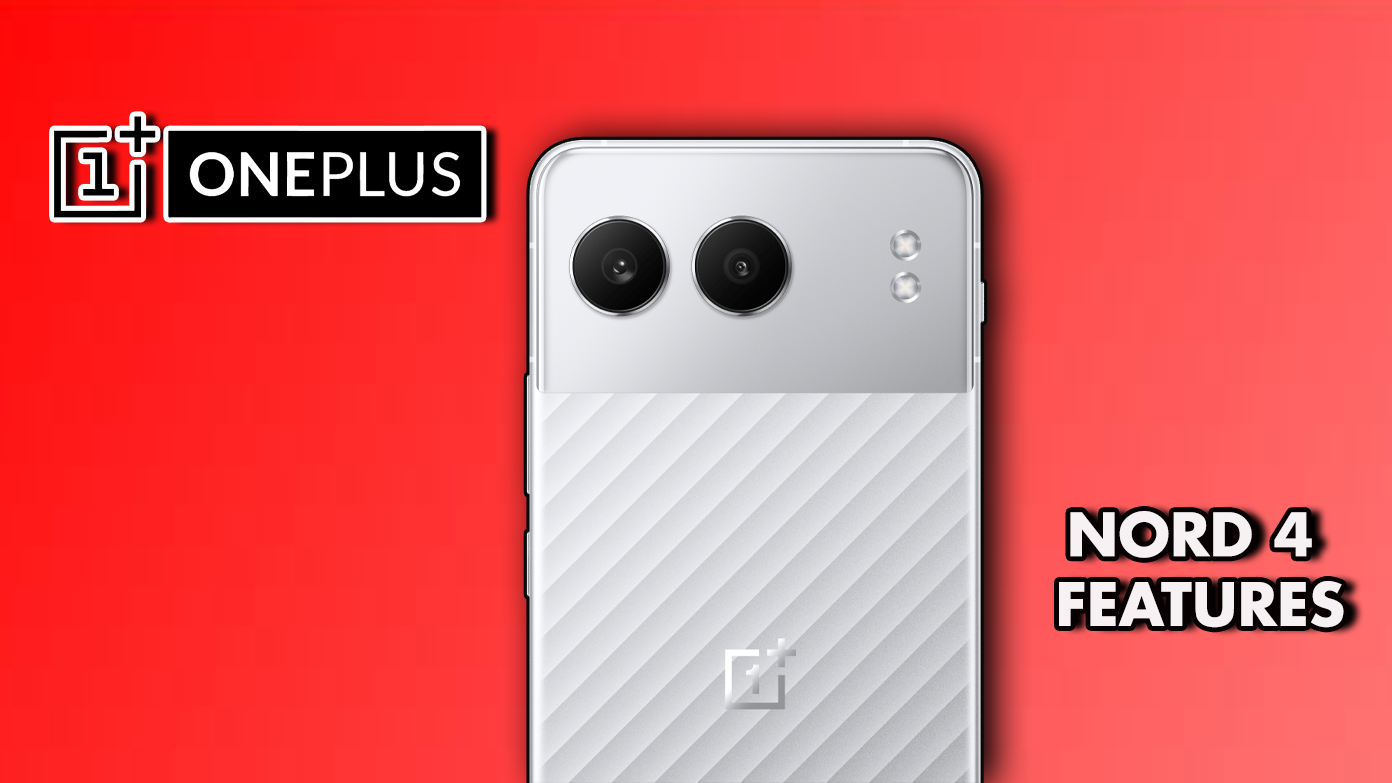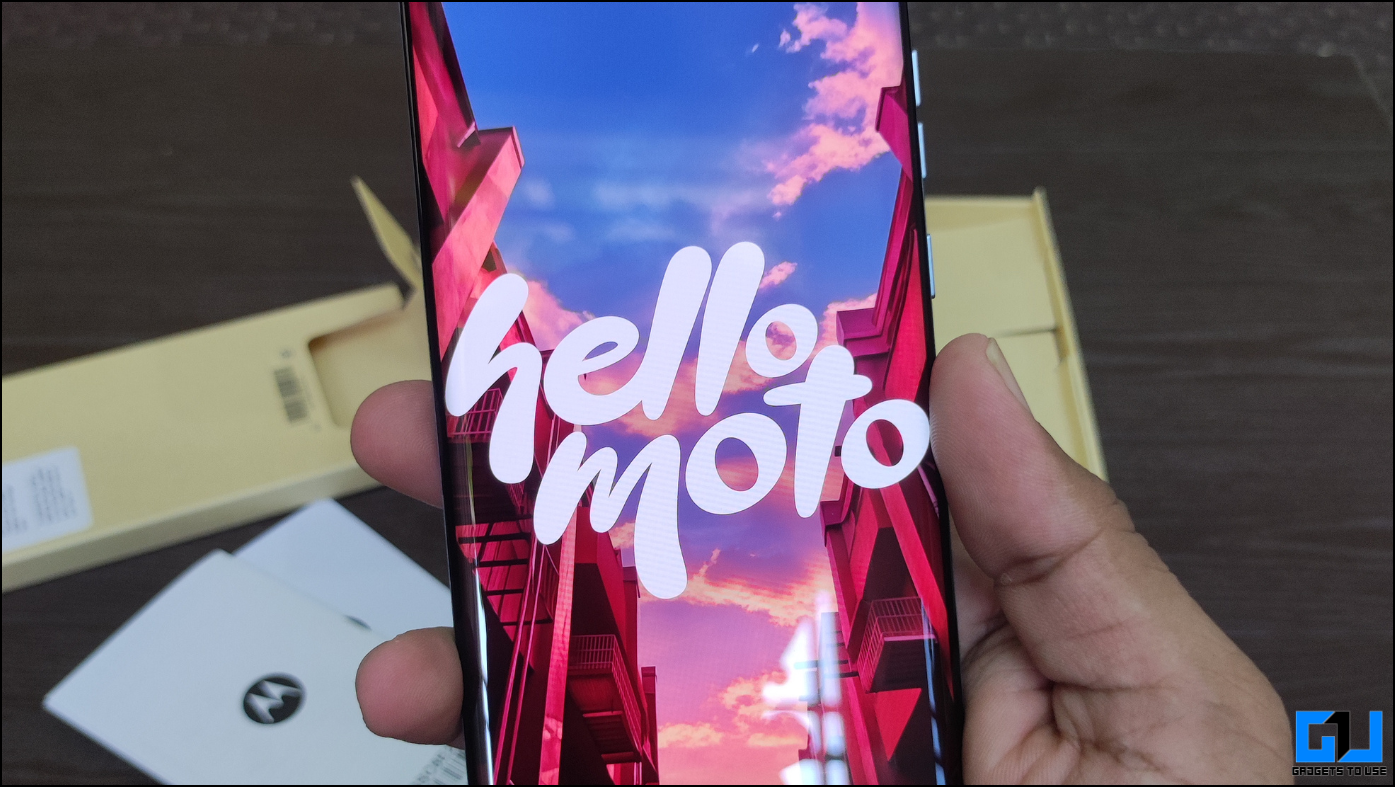Laser autofocus in a smartphone was a feature unique to the LG G3, announced in early 2014. Today, the LG G4 and the One Plus Two also support laser based assemblies for a fast autofocus. But this raises the question – how safe are these ‘lasers’ when used in proximity with human skin, and, more importantly, the eye?
Lasers have been used for medical purposes since a while, and hold the potential to sear through skin. Your childhood memories might even hold instances when grown-ups ask you to not point your laser toys directly into someone’s eye. Adhering to these precautions, a user can be forgiven in their predisposition to second guess the rampant usage of such ‘lasers’ on their smartphone cameras, especially when pictures often capture people’s faces.
See Laser Autofocus in Action [ Video ]
To break it down, companies user the term ‘Laser’ as a marketing term, to emphasize how fast the camera’s autofocus truly is. In actuality, this autofocus assembly uses an infrared-based mechanism to detect the distance of the subject from the camera, enabling it to focus properly.
How Laser Auto Focus Works?
The sensors send out an infrared beam that bounces back off the subject to be picked up by the phone again (hence, such an implementation usually holds two ellipses or circles- one, each, for the emitter and the receiver). The elapsed time between sending and receiving the beam, can be used to calculate the distance from the subject and, further, to set the autofocus precisely right. Since this implementation does not depend on ambient light, it can be used in dimly-lit environments too.
This beam of infrared light travels at a low frequency, so there is no harm that can be done to a person’s skin or their eye. However, it’s this trait that allows the beam to be ‘laser-fast’, so to speak. Fast enough, that LG touted the autofocus speed of its G3 at 0.276 seconds; while One Plus claimed the Two’s autofocus to lock in, in under 0.2 seconds.
Is it Safe for Humans ?
So, the next time you head in to take a picture with your ‘Laser-Autofocus’ equipped smartphone, you can rest easy that you won’t be causing any damage to your subject(s) in any manner. Furthermore, you can click on the following links to satisfy the pang of curiosity that might have surged, while reading this article, about the LG G3, LG G4, and the One Plus Two.
LG G3 camera when we tested was able to quickly and accurately detects the subjects which were closer and focused them quick. LG claims of instantaneous detection of objects within two feet of the camera and its yes it does work even in low light conditions mostly if not all the time. The LG G3 takes around just 276 milliseconds to focus an image, which is especially important when trying to focus on moving objects
We’d love to hear your thoughts on the implementation of Laser Autofocus when compared to other autofocus technologies, in the comments below.




